By Katherine Redington, Vice President of Social Impact Journeys, Elevate Destinations
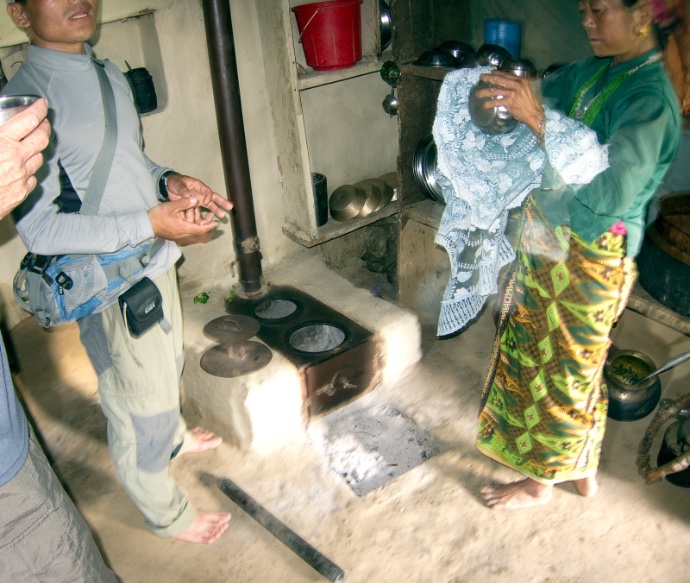
Donor trips, journeys that take funders to see the work they are investing in abroad, have long been used as a catalyst for transformational giving, donor retention, and cultivating more meaningful relationships. However, not all donor trips achieve these outcomes. That is because the outcomes from trips directly result from how a journey’s priorities are implemented before, during, and after the trip. After designing 300 donor trips with over 80 different organizations, I have seen a lot of mistakes that can derail these desired outcomes. Below are five of the most common mistakes nonprofits make when designing their donor trips.
Pitfall #1: Doing too much
The most common mistake I see on donor trips is the “more is more” approach. This is when our client decides the priority of the trip is to see as much of their work as possible, which often leads to early mornings, late nights, and a ton of travel. Inevitably, this results in drained travelers. The exhaustion catches up with the donors, and they begin to opt out of dinners and final program visits to get a bit of respite. Those donors who can continue to weather the hurricane pace of the trip physically start to tune out mentally.
What is lost in a frantic travel pace does not equal what is gained. The adult brain can only process so much information in a given day and even less so when you are managing jet lag, fatigue, a new climate, and dysregulation of your routine. Designing a trip like this is similar to the “banking method” of education, the idea that if you just provide information, it will be processed into well-formulated knowledge. This has proven ineffective and the least enjoyable way to learn.
Donor trips could benefit from some lessons from experiential education, which embraces a slower pace of discovery through shared experiences and reflection. This translates into fewer site visits that might be longer and designed with an action-oriented activity and more reflective debrief conversations afterward.
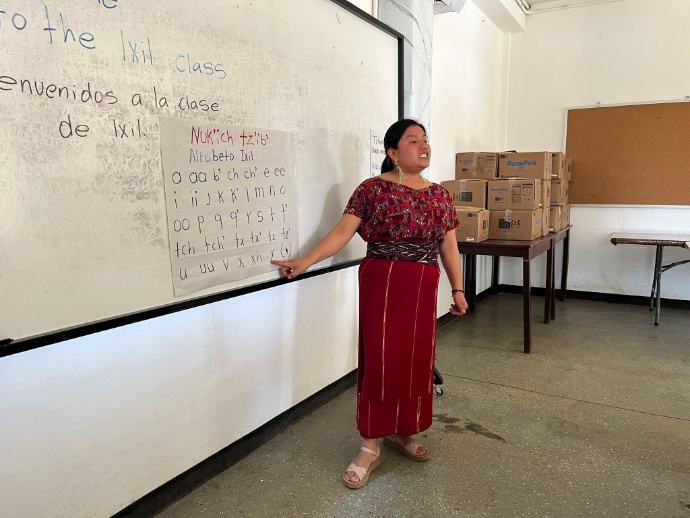
Pitfall #2: Avoiding the “sticky conversations”
The juxtaposition of our unequal world is front and center all day on a donor trip: from being able to come from impoverished communities, sleep in a comfortable hotel bed, drink clean water and pay for a nice meal. However, very few organizations strategically carve out time to sit and discuss inequity, injustice, or the discomfort people might feel from their own power and privilege. Avoiding these conversations is a huge, missed opportunity. Donors crave more meaning and collaboration on their philanthropic path, and understanding how your supporter’s values connect to your work is crucial for meaningful engagement.
Sitting in a space of vulnerability has been shown to build more trust and meaningful relationships with those sharing that space. You are not expected to have all the answers, but these conversations can profoundly impact donors and relationships.
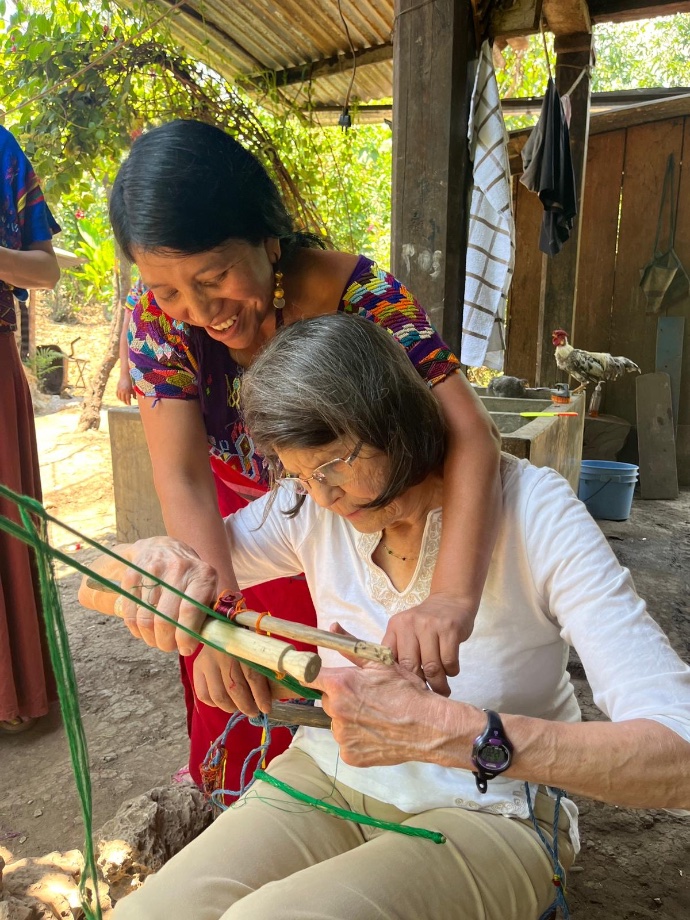
Pitfall #3: Centering the trip around the donor’s comfort
It is normal to want to put our best foot forward for guests. But sometimes we can trip over ourselves trying to accommodate someone’s every need. The tendency to keep donors “happy” or “comfortable” all of the time is an obstacle to true discovery and connection.
By sheltering a donor’s experience in comfort, we reinforce negative stereotypes and power dynamics. We are catering to both fragility and privilege when overemphasizing a donor’s experience over the local communities. The whole reason donors visit the location is for a deeper understanding of the place and an authentic connection to the people there. We don’t need to craft a version of the journey that is not reflective of the actual lived experience of a place. This does not mean we can’t ensure donors’ safety and security in vulnerable regions, but our bias should lean towards what is authentic, even if that truth feels uncomfortable at times.
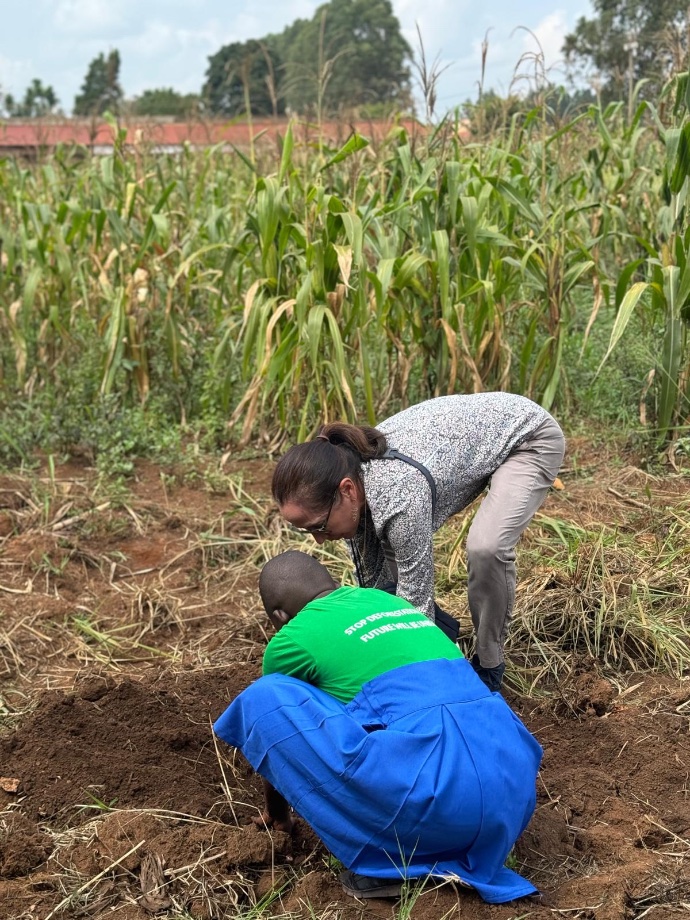
Pitfall #4: Making it about the money
Donor trips can and should be so much more than a fundraising tool. Organizations should use these opportunities to deeply understand a donor’s values and offer opportunities for them to be part of the movement for the change an organization seeks.
Tying fundraising goals directly to trips ignores the longer-term donor cultivation strategy of growing social movements and investing in systems change. Donor trips are opportunities to bring the donor INTO the movement as a life-long supporter by deepening your relationship with the donor and expanding their connection to your work and social justice.
Donor trips should be a part of a robust strategy where the donor trip is but one piece in a longer journey of building a movement and connecting people across cultures with more accountability and purpose.
After the trip is the best time to work individually with donors around opportunities to fund and become advocates for their work, especially those that match their interests.
Pitfall #5: Doing it in-house
Even if you have the most thoughtful content for your journey, none of the content will shine if you don’t have well-organized logistics. Getting everything right for a bespoke donor trip is a full-time job, and tasking staff with something beyond their expertise comes with a significant learning curve for staff and mission drift. Internally managed trips often come with logistical mistakes, stress, poor use of staff’s precious time, and travelers who have to spend a lot of time researching answers to their own travel questions.
This can be very damaging to an organization because people fixate on any mishap regarding their travel arrangements: bad directions, not conveying luggage restrictions, being late, or ignoring someone’s dietary restrictions when ordering food impacts a traveler’s focus and satisfaction with their experience.
It is risky to task fundraising teams or program staff with the hundreds of hours of work involved in coordinating and communicating travel logistics. You can guarantee better outcomes by working with a travel partner aligned with your company’s values and who implements custom journeys with thoughtful attention. The value of collaborating with a travel partner has only increased with the evolving public health crisis, civic unrest and the increase of natural disasters. Keeping travelers safe, organized, and prepared is essential to freeing up donors’ headspace so they can be fully present during the trip and staff time so they can attend to their primary mission.
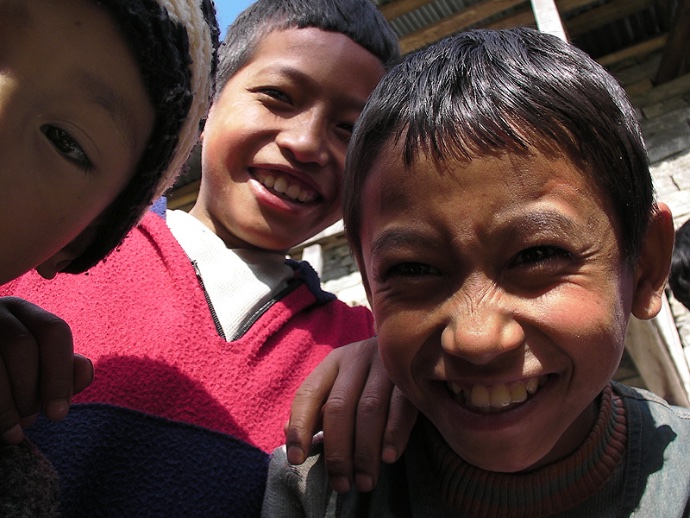
Conclusion
This is the time to revisit your organization’s methodology behind your donor trips and review choices that haven’t served your desired outcomes. So much more can be accomplished from these journeys by informing strategy with the benefit of an experienced travel partner.
Author Bio
Katherine Redington is the Vice President of Social Impact Journeys of Elevate Destinations, a travel company specializing in socially responsible and philanthropic travel experiences. With over 14 years of experience designing social impact journeys. Katherine uses travel as a catalyst for positive transformation for non-profit organizations and local communities. She holds a Masters in International Education and Development from Columbia University and is certified by the UNWTO in sustainable practices for tourism development.
Learn more about our donor trip planning services or read our blog for more insights on designing effective donor trips.